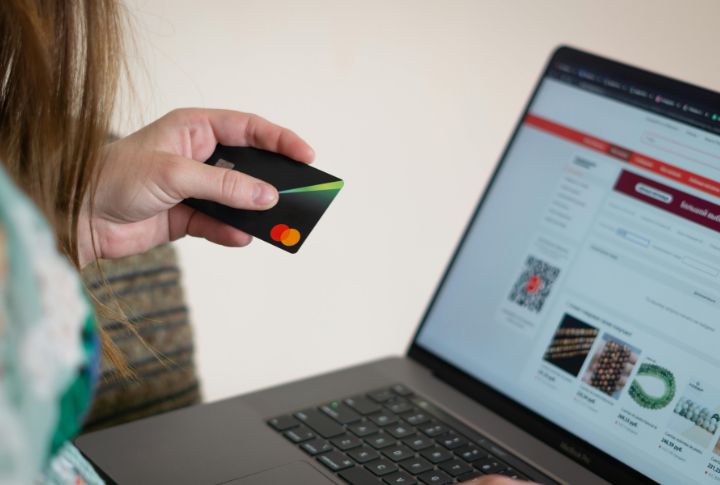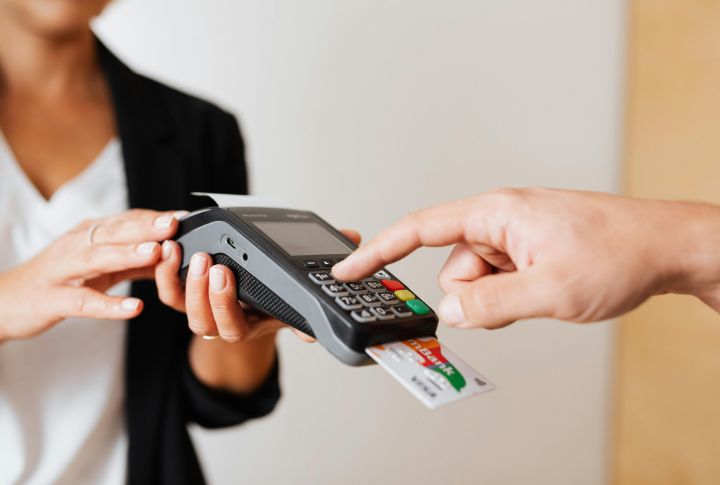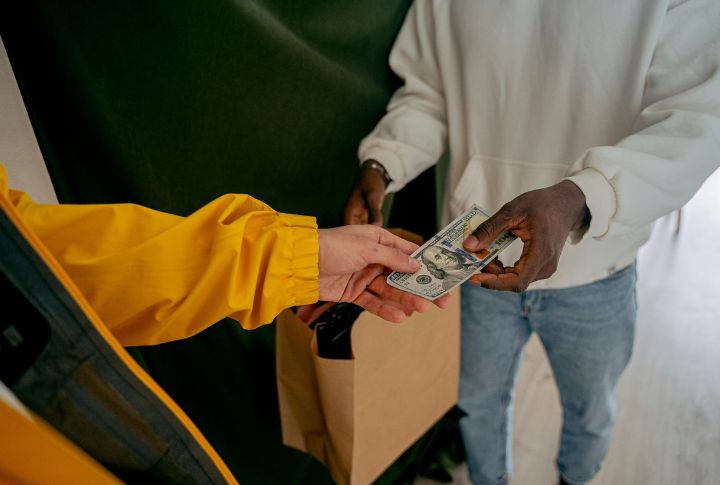
You swipe, tap, or insert your card, but instead of a smooth transaction, you’re met with an instant decline. Confusion sets in—your balance looks fine, so why won’t the payment go through? The answer isn’t always straightforward, but it’s often fixable. Here are 10 possible explanations.
Insufficient Funds Due To Pending Transactions

Your debit card can get declined even when your account looks fine. That’s because pending charges can quietly lower your available balance. Stores often place holds, and banks don’t always update things right away. It helps to check your actual balance before you swipe.
Daily Spending Limits

Even with plenty of funds, banks may restrict how much you can spend in a day. This limit exists to protect your account, but it can catch you off guard. Strangely enough, tap-to-pay transactions often have a lower limit than chip payments.
Fraud Prevention Measures

Your bank is on the lookout for fraud, but sometimes, its security measures can misfire. If you make purchases in far-apart locations too quickly, the system might flag your card as compromised. When this happens, a quick call to your bank should get things back on track.
Expired Card

Having money in your account won’t matter if your card is past its expiration date. Banks often stop processing transactions weeks before the official expiry. And here’s an easy-to-miss detail—some renewal cards arrive with slightly different numbers, meaning saved payment methods won’t automatically update.
Wrong PIN Entry

A simple PIN mistake can lock your card out faster than expected. Entering the wrong code too many times could trigger a security freeze. Some banks allow PIN resets with a single phone call, while others demand identity verification. If memorizing numbers isn’t your strong suit, consider saving your PIN securely in a trusted app.
Incorrect Card Details For Online Purchases

Entering the wrong card number, expiration date, or CVV can cause instant declines, even if your account has plenty of money. Online systems flag mismatched details as fraud risks, stopping the payment before it goes through. Double-check every field before hitting that final submit button.
Restrictions On International Transactions

Using your card overseas can trigger blocks if your bank hasn’t been notified in advance. Some accounts automatically restrict foreign transactions as a security measure. Before traveling, it helps to contact your bank and make sure international purchases are allowed to avoid surprise declines.
Card Not Activated

Just because your new card arrived doesn’t mean it’s ready to go. Before first use, some banks require you to activate it through an ATM, online banking, or even a phone call. Certain cards activate instantly, while others demand multi-step verification. For peace of mind, confirm activation before relying on your new card.
Technical Issues With Payment Processor

Sometimes, your card isn’t the problem—it’s the store’s payment system. If their network is down, no transaction will go through, regardless of your balance. Believe it or not, even Visa and Mastercard have experienced worldwide outages before. So, trying a different payment method might be your best solution.
Merchants Not Accepting Debit Cards

Even if your card works elsewhere, some merchants simply don’t accept debit payments. Certain businesses operate on a credit-only system or require cash instead. Oddly enough, some vending machines reject debit cards despite accepting credit cards from the same provider.
